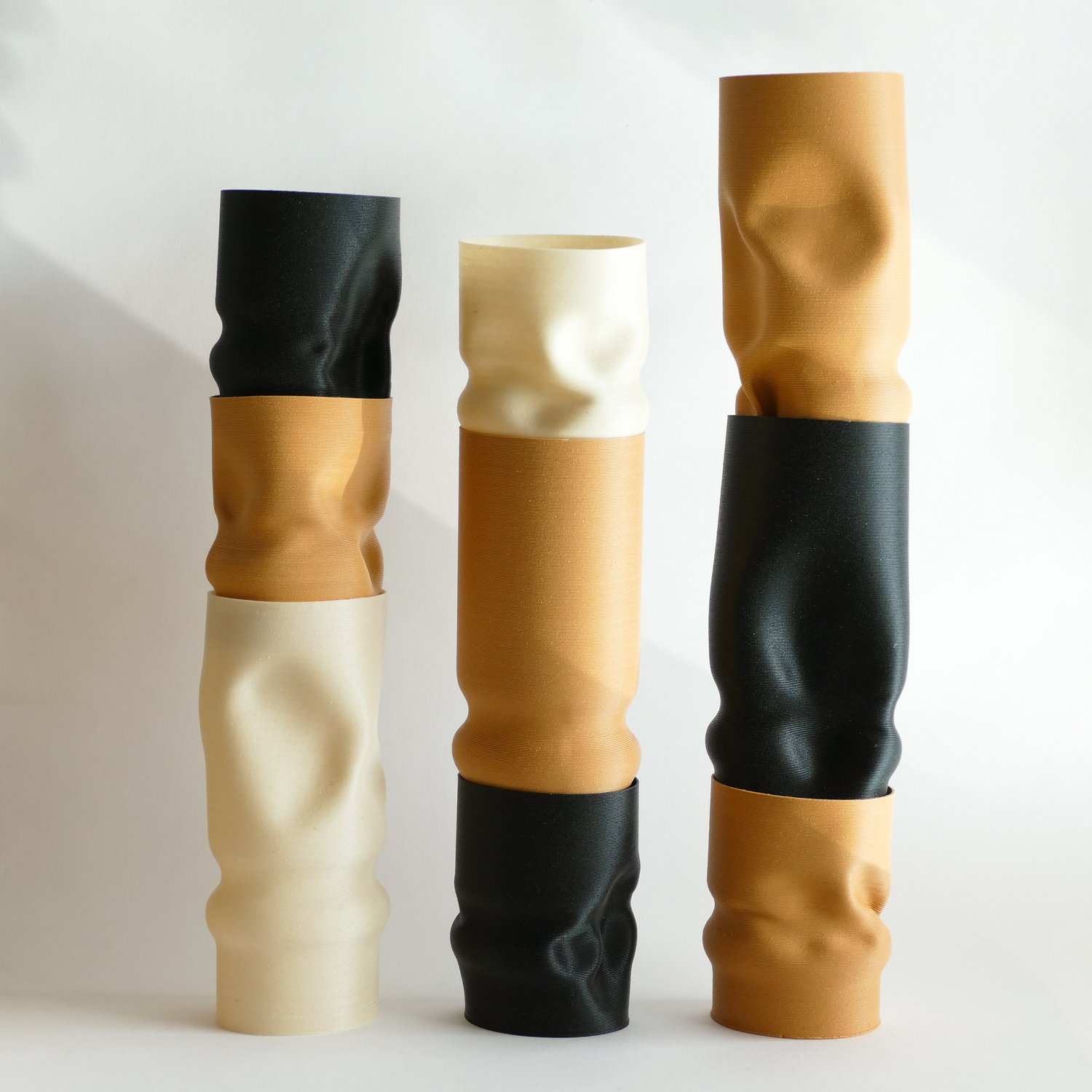About
Spirulina Society locally produces eco-friendly home products — using renewable/degradable materials: PLA (polylactic acid), a vegetable-based plastic, which is commonly derived from cornstarch.
🌽 To support circular economy principles, we produce all items with 3D printers, mostly on demand; to prevent more waste that would end up in landfills since there is no surplus in the stock. 3D printing (AKA additive manufacturing) produces almost no waste and requires much less energy than conventional manufacturing methods. Apart from the ability to drastically reduce carbon footprint, there is no toxicity released in any process of production. PLA scraps and prototypes can also be recycled, to close the loop of resource production.
♻️ "Work In Progress" — since PLA is only compostable in specific conditions at industrial facilities. We aim to turn PLA scraps into products soon. We never throw away our scraps/failed parts and we look to gather the PLA waste from elsewhere.
🇹🇭 Spirulina Society ผลิตของตกแต่งบ้านที่เป็นมิตรต่อสิ่งแวดล้อมโดยใช้วัสดุที่ย่อยสลายได้โดยไม่มีสารพิษปนเปื้อนและเป็นวัสดุที่สามารถนำมาหมุนเวียนใหม่ได้ ซึ่งคือ PLA (Polylactic Acid) พลาสติกที่ทำมาจากพืช เช่น ข้าวโพด มันสำปะหลัง อ้อย
งานทุกชิ้นจัดทำขึ้นเพื่อสนับสนุนหลักการของเศรษฐกิจหมุนเวียน (Circular Economy) โดยใช้เครื่องพิมพ์สามมิติ (3D Printer) ซึ่งเป็นวิธีการผลิตที่ใช้พลังงานต่ำกว่าการผลิตแบบ Conventional (Low Carbon Footprint) อีกทั้งยังไม่ก่อให้เกิดสารพิษในขั้นตอนการผลิต และ แทบไม่มีเศษเหลือของวัสดุเลย เนื่องจากเป็นการผลิตแบบเพิ่มเนื้อวัสดุ (Additive Manufacturing) ซึ่งเศษเหลือของวัสดุนั้นก็ยังสามารถนำกลับมารีไซเคิลเป็นชิ้นงานใหม่ได้อีกด้วย
🤔 🛒 สำหรับผู้ที่สะดวกสั่งซื้อสินค้าหรือสอบถามเพิ่มเติมผ่านทาง Line

























